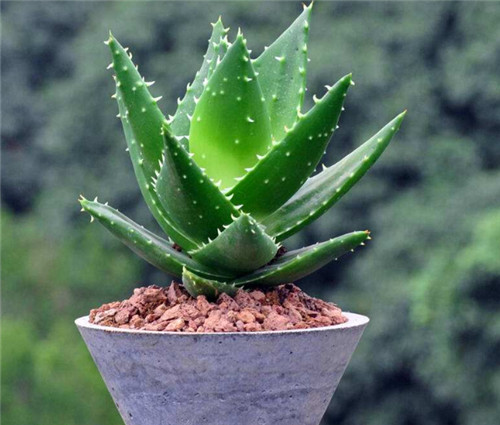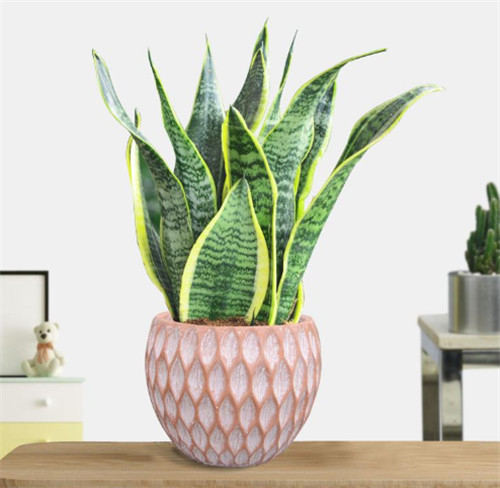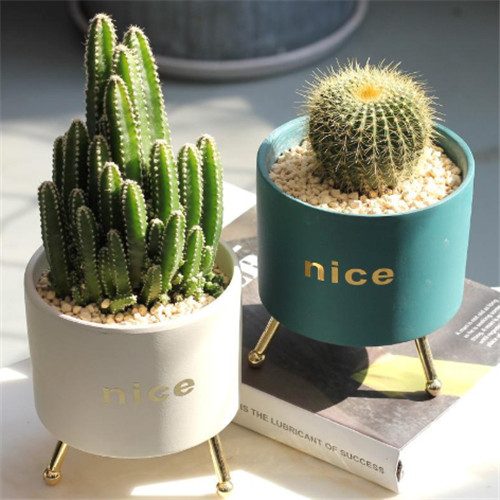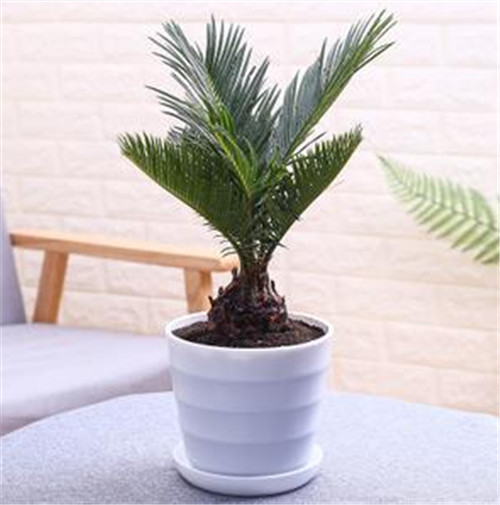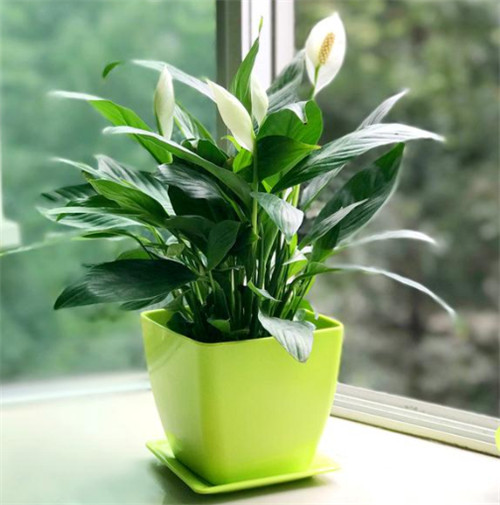In order to effectively absorb indoor harmful gases, cholrophytum are the first flowers that can be grown in new homes. Chlorophytum is known as the “purifier” in the room, with strong formaldehyde absorption ability.
Aloe is a natural green plant that beautifies and purifies the environment. It not only releases oxygen during the day, but also absorbs carbon dioxide in the room at night. Under the condition of 24-hour lighting, it can eliminate the formaldehyde contained in the air.
Agave, sansevieria and other flowers, can absorb more than 80% of indoor harmful gases, and also have a super absorption capacity for formaldehyde.
Cactus, such as echinocactus grusonii and other flowers, can absorb the toxic and harmful gases generated by decoration such as formaldehyde and ether, and can also absorb computer radiation.
Cycas is a master at absorbing indoor benzene pollution, and it can effectively decompose formaldehyde in carpets, insulating materials, plywood, and xylene hidden in wallpapers that are harmful to the kidneys.
Spathiphyllum can filter out indoor waste gas, and has certain cleaning effect on helium, benzene and formaldehyde. For the ozone purification rate is particularly high, placed next to the kitchen gas, can purify the air, remove cooking flavor, lampblack and volatile matter.
In addition, rose can absorb more harmful gases such as hydrogen sulfide, hydrogen fluoride, phenol, and ether. Daisy and Dieffenbachia can effectively remove the pollution of trifluoroethylene. Chrysanthemum has the ability to absorb benzene and xylene, reducing benzene pollution.
Indoor flower cultivation should choose varieties according to actual needs. Generally, it should follow the principles of no release of harmful substances, easy maintenance, peaceful aroma, and appropriate quantity. But pls be noted although flowers have a better effect of purifying the air, the best way to purify the air is to strengthen ventilation and renew the indoor air.
Post time: Mar-19-2021

